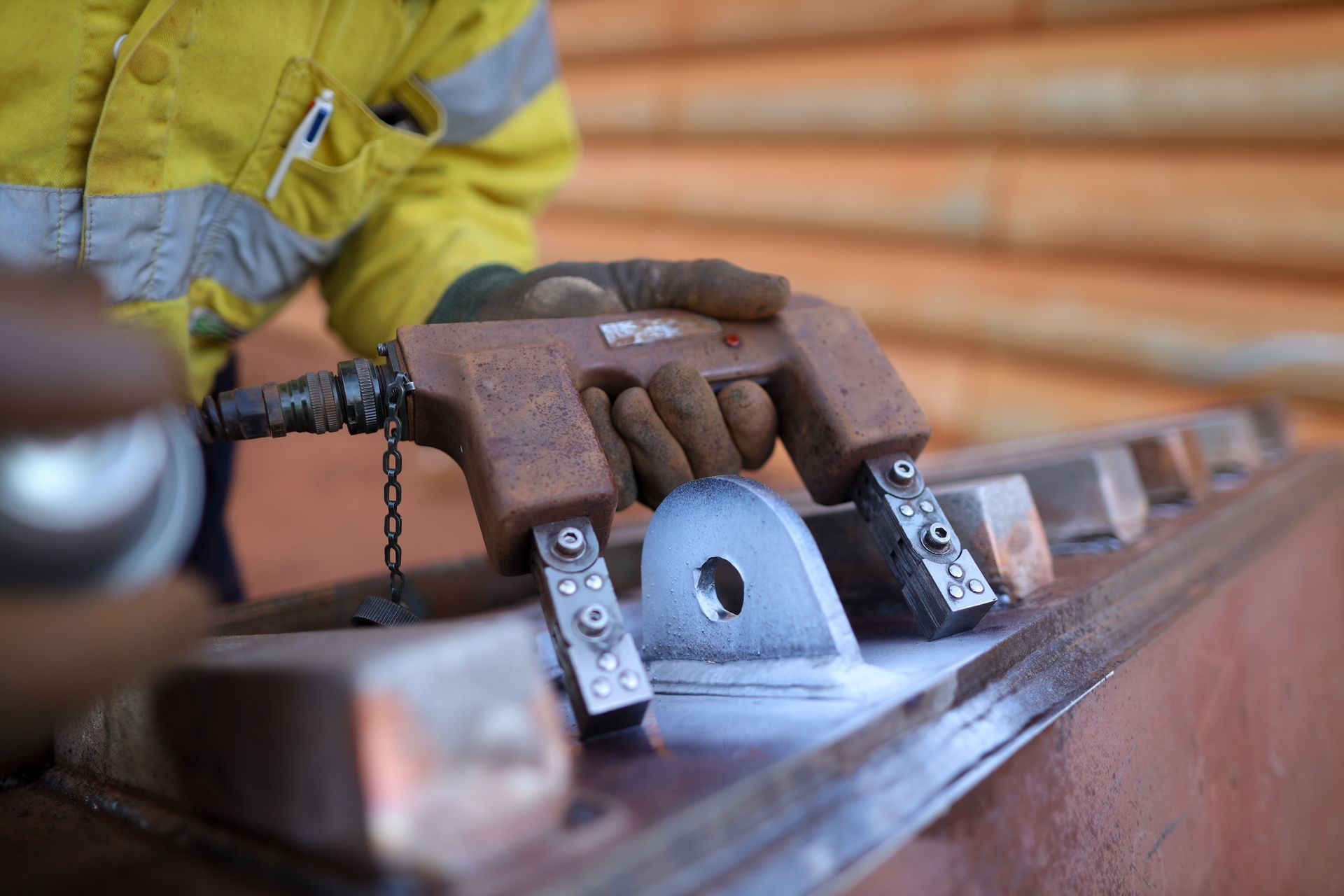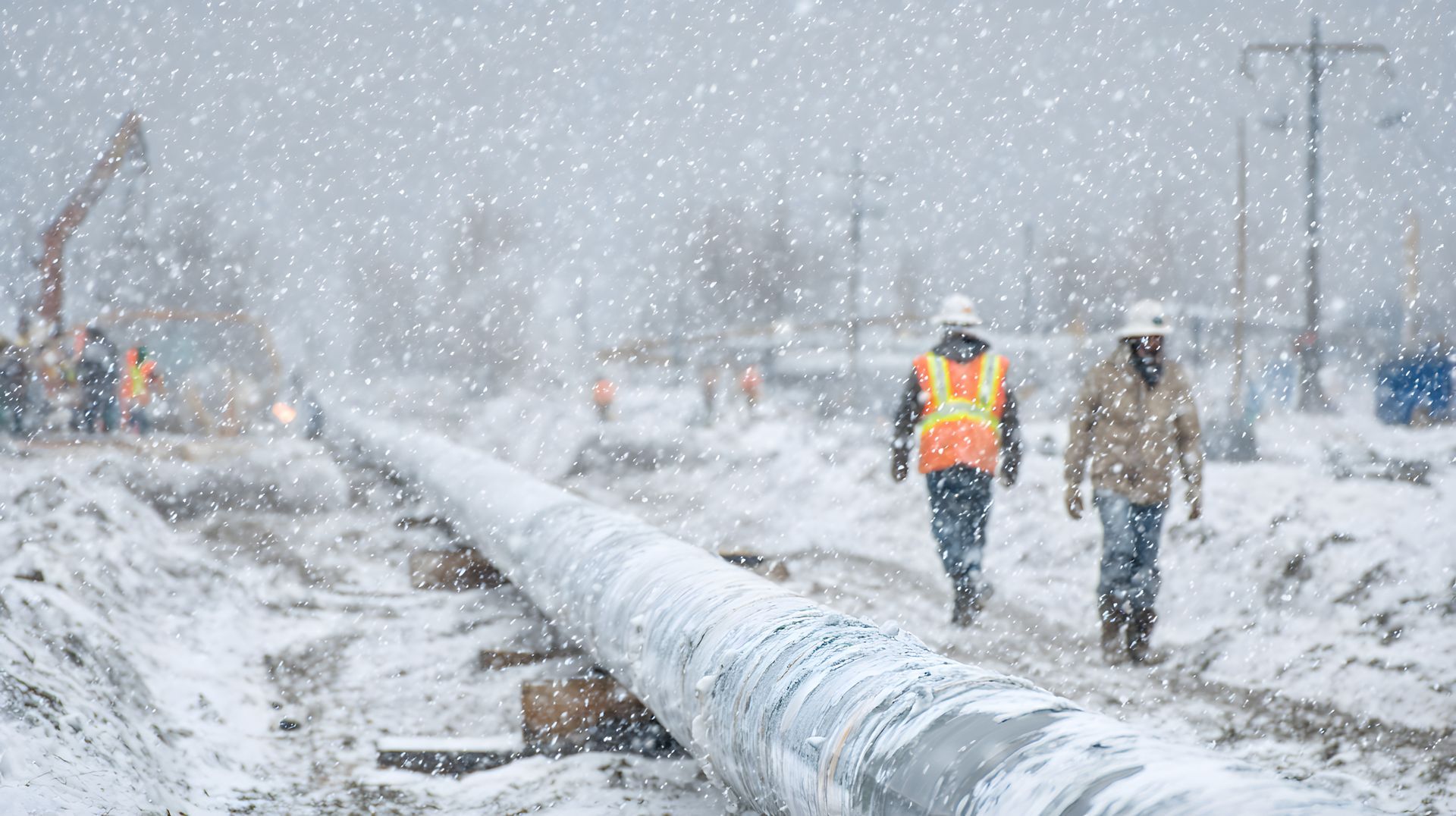How to Choose the Right Non-Destructive Testing Method for Your Project
May 12, 2023
Enhance Your Project With The Power of Non-Destructive Testing
Non-destructive testing (NDT) is an important tool used in various industries to ensure the safety, reliability, and quality of materials and structures. There are different NDT methods available, each with its own strengths and limitations. Choosing the right NDT method for your project can be critical to the success and safety of your project. Here are some factors to consider when selecting an NDT method:
Material Type
The material being tested is a crucial factor in choosing an appropriate NDT method. Some methods are better suited for certain materials, such as ultrasonic testing for metals, while others are more suitable for composites, such as eddy current testing.
Defect Type
Different NDT methods are better at detecting certain types of defects, such as surface cracks or internal voids. It is important to identify the type of defect you are looking for and select an NDT method that is capable of detecting it.
Inspection Conditions
The environment in which the inspection will be performed can also impact the choice of NDT method. Some methods require specific temperature, humidity, or lighting conditions, while others can be performed in a variety of environments.
Cost
The cost of the NDT method is also an important consideration. Some methods may be more expensive than others, and it is important to balance the cost with the benefits and accuracy of the inspection.
Equipment Availability
The availability of equipment and trained personnel to perform the NDT method is also a factor. If a specific NDT method requires specialized equipment or expertise, it may not be feasible for your project.
Accuracy and Reliability
The accuracy and reliability of the NDT method is a critical consideration. The method should provide accurate and reliable results to ensure the safety and reliability of the material or structure being inspected.
Regulatory Requirements
Certain industries and applications may have specific regulatory requirements for NDT methods. It is important to ensure that the selected method meets these requirements.
In conclusion, choosing the right NDT method for your project requires careful consideration of several factors, including the material type, defect type, inspection conditions, cost, equipment availability, accuracy and reliability, and regulatory requirements. By selecting the appropriate NDT method, you can ensure the safety, reliability, and quality of your materials and structures.
Steel City NDT
provides high-quality NDT services throughout Pittsburgh and the surrounding areas. Steel City NDT is happy to help you find the perfect solution and provide you with accurate testing results you can rely on.
Call
Steel City NDT to discuss the needs of your project!





